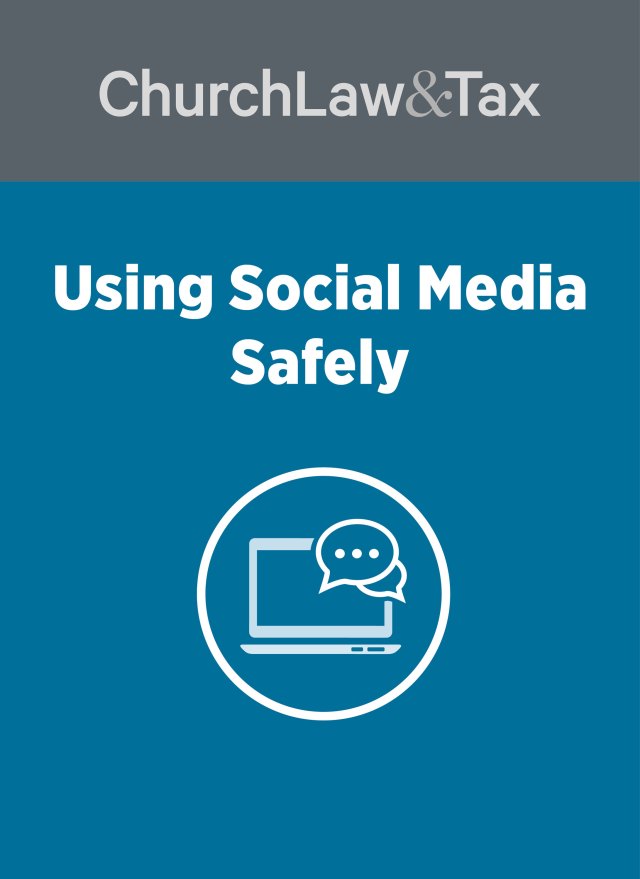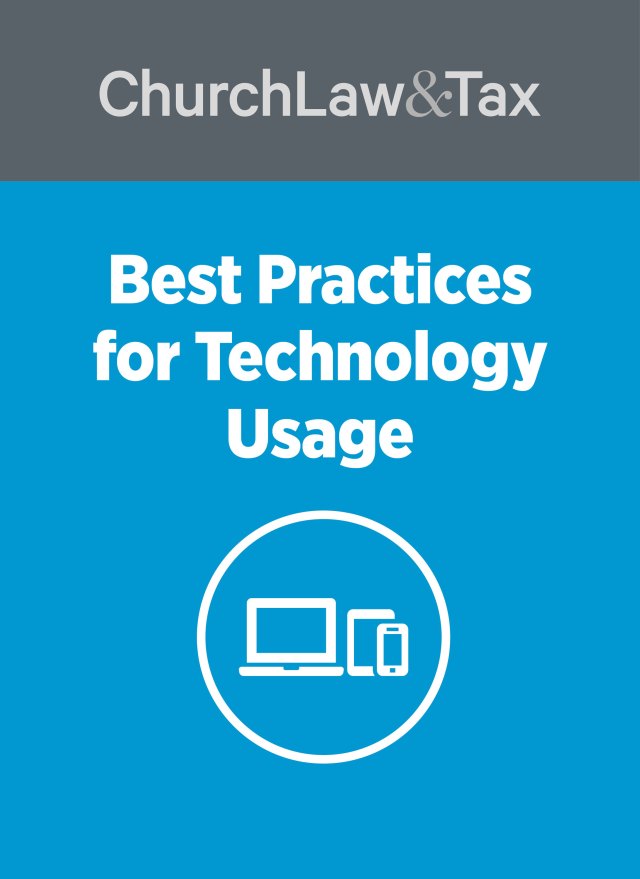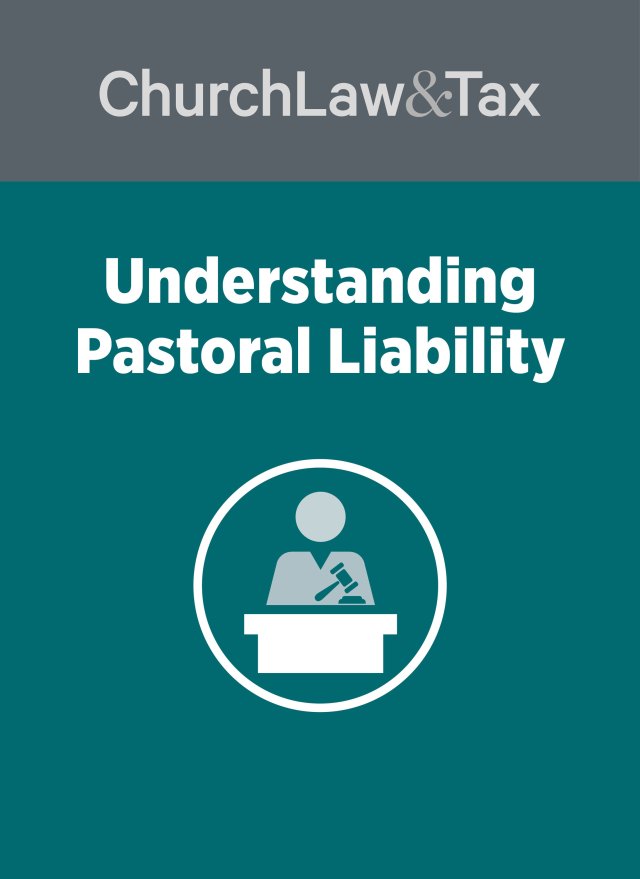Q: Some churches post “prayer lists” on their website that describe the prayer needs of identified members. These needs may include medical diagnoses, relational problems, or financial needs. Does the posting of this information on a church website constitute an invasion of privacy?
Possibly. A church can reduce if not eliminate this risk by obtaining consent from people before putting their names on the list. This can be done either by contacting persons directly and obtaining their written consent to having their name (and need) posted on the website prayer list or by instructing members to include this written consent at the time of prayer request submission if they desire for it to be shared publically online.
Some churches seek to avoid the inconvenience of obtaining the consent of every person on a prayer list by creating a “no prayer list” and notifying the congregation periodically (i.e., in church bulletins or newsletters) that persons who do not want the congregation to pray for them should contact the church office and have their names placed on the “no prayer list.” This “implied” consent is not as effective as the express consent obtained by contacting each person directly, and it is far from clear whether it would be deemed effective by a court.
It’s possible that many have a similar question about emailing prayer lists. While that might not be as problematic as posting prayers online, I still think it would be wise to obtain consent before including someone on such a list.



